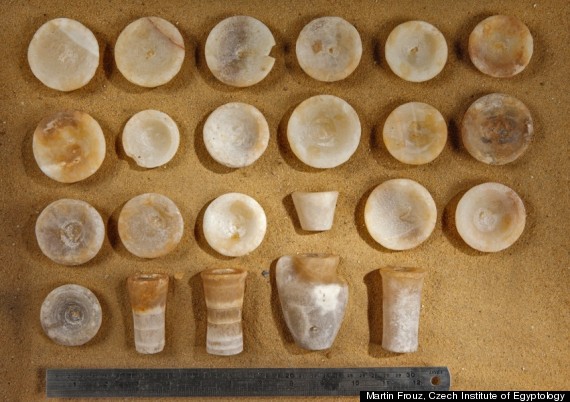
With the majority of two-ways, you don’t need to worry about operating systems (like you would with tablet PCs) or compatibility issues* (like you would with games consoles). All you really need to worry about, in fact, is what you want to use your radio for; this is by far the most important question you need to ask yourself if you’re ever buying a walkie-talkie or two-way radio.
If you’re just looking for a way to keep track of the kids on your next cruise, or you want something to add a bit of fun to your next outdoor excursion, then all you really need to do is find a trusted brand and buy a medium-priced model. It’s as simple as that. However, if you’re a businessperson and looking to buy a radio with a license, then you need to be a bit more careful. In that respect, you definitely want a trusted brand and you definitely want to consult a specialist before you invest in your equipment.
If you happen to fall somewhere in the cracks between these two examples, we’ve prepared a ‘fact sheet’ (of sorts) for you.
- There are Four Main Types of Two-Way Radio...
GMRS (General Mobile Radio Service) â€" Is a higher-powered radio, popular for its reliability and versatility. GMRS is the most common choice among users.
FRS (Family Radio Service) â€" Is usually more of a basic model, lower powered, but generally cost-effective.
MURS (Multi-Use Radio Service) â€" Is an unlicensed radio that only has a limited capacity. MURS radios are not a particularly popular choice, although they do have their adherents.
And finally,
CB (Citizen’s Band) - It is called different things in different countries, but CB is a personal service and is a popular choice, however it does require a long antenna. Good for drivers, though.
- Wattage is Important...
No, we’re not talking about that Italian-sounding hybrid of a bluebottle fly and Cyril Sneer from the ‘Star Wars’ prequels here; wattage is the measurement of watts, as in power output. Wattage is important in radios because it affects licensing. In the UK, for example, radios that have a power output greater than 0.5 watts require a license to use.
It is also important to note that any radio, no matter the power output, will automatically downgrade to a half watt when operating on FRS-specific channels.
- Keep Signal Coverage in Mind at all Times...
Two-way radio manufacturers do a lot of lying and exaggerating about the range of their products. Their claims almost never take into account the signal interference caused by objects in the way, natural obstacles, atmospheric conditions and a plethora of other variables.
On average, the actual signal coverage for any given radio is between one and two miles. CB radios can communicate over longer distances, but those extra long antennas can make them tough to carry around!
- Privacy Codes are Useful Things...
 If you’re using your radio in a busy area (i.e. where there are lots of other radio signals bouncing around), you will probably find that the available channels get used up pretty quickly. However, a radio that provides CTCSS will offer a ‘privacy code’ function that allows you to subdivide your channels by creating a combination of channel and code, this will allow you to better communicate with others, even if the available channels are full.
It should be noted, however, that this function does not make your conversation private; it just reduces the levels of other signals in the area that your device may be intercepting.
Much of the information listed here was sourced from 2wayradionline so look them up if you want to know more.




